#Claude Jarman
Explore tagged Tumblr posts
Text
Clarence Brown Film Festival in Knoxville, Tenn.: Aug. 16-20
A film festival celebrating the career of director Clarence Brown begins this evening, Wednesday, Aug. 16, and runs through Sunday, Aug. 20, in Knoxville, Tenn. Director Clarence Brown Hosted by the Knox County Public Library, the Clarence Brown Film Festival will feature film screenings and presentations from speakers including Brown’s biographer Gwenda Young, film critic and historian Farran…
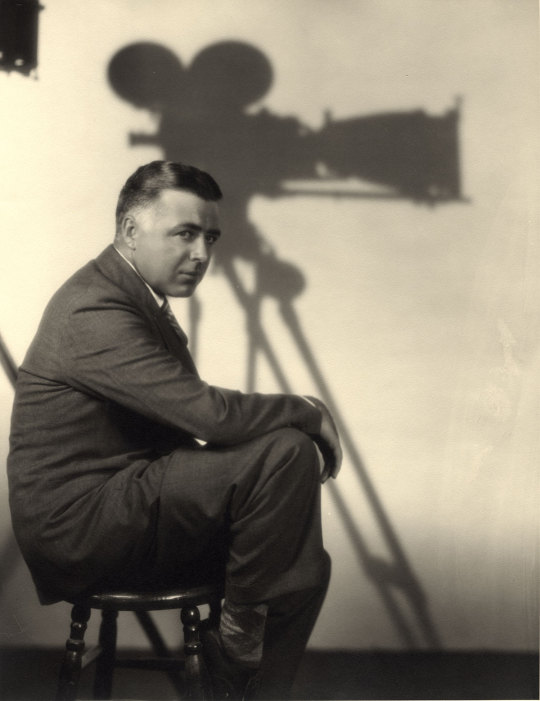
View On WordPress
#Clarence Brown#Clarence Brown Film Festival#Claude Jarman#Claude Jarman Jr.#Director Clarence Brown#film festivals
2 notes
·
View notes
Text

R.I.P. Claude Jarman Jr.
9 notes
·
View notes
Text
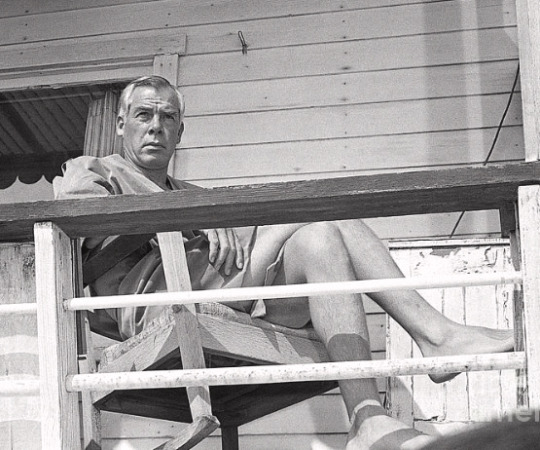
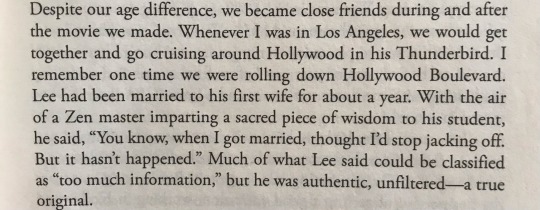
Lee Marvin: Still Jacking Off.
48 notes
·
View notes
Text
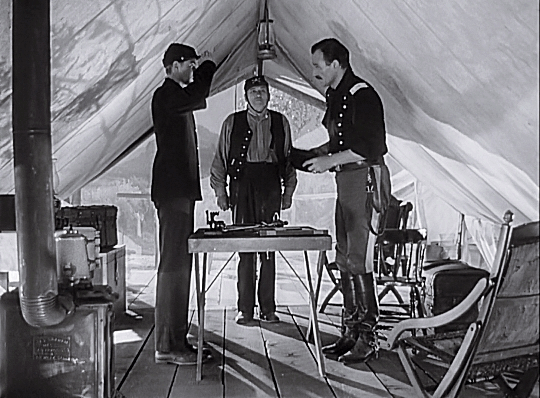
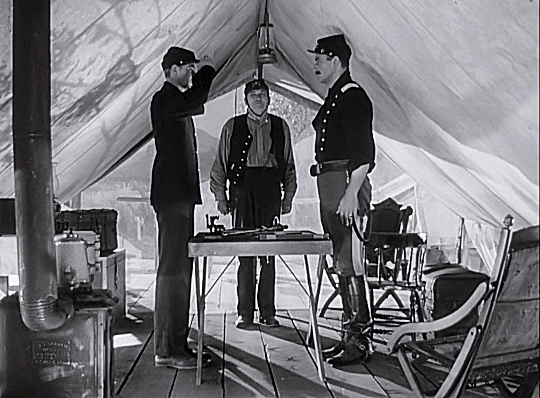




Rio Grande (1950)
dir. John Ford
#Rio Grande#John Wayne#Claude Jarman Jr#Victor McLaglen#1950s#1950#my gifs#userthing#userstream#cinemapix#cinematv#cinemaspast#filmtvcentral#tvfilmspot#filmedit#motionpicturesource#uservintage#classicfilmcentral#classicfilmblr#blackandwhiteedit#John Ford
10 notes
·
View notes
Text

What were you thinking?
During the making of the movie?
THE YEARLING! ... 10 year old Claude Jarman junior
#thinking#the yearling#Claude Jarman Junior#movie#australia#world#tumblr#nature#william#children#kids#movie review#film#cinema#favorite movies
1 note
·
View note
Text

Claude Jarman Jr.-Gloria Grahame "Sin contemplaciones" (Roughshod) 1949, de Mark Robson.
11 notes
·
View notes
Text


CLAUDE JARMAN JR (1934-Died January 12th 2025,at 90).American actor, businessman, executive director of the San Francisco International Film Festival, and director of Cultural Affairs for the City of San Francisco. He won an Academy Juvenile Award for his role as a child as Jody Baxter in The Yearling (1946).Claude Jarman Jr. - Wikipedia
#Claude Jarman Jr#American Child Actors#American Actors#Child Actors#Actors#The Yearling#Notable Deaths in January 2025#Notable Deaths in 2025
0 notes
Text
January 12, 2025
By Mike Barnes
(The Hollywood Reporter) – Claude Jarman Jr., who received a Juvenile Academy Award for his heart-tugging performance as the boy who adopts an orphaned fawn in the 1946 MGM classic The Yearling, died Sunday. He was 90.
Jarman died in his sleep of natural causes at his Marin County home in Kentfield, California, his wife of 38 years, Katie, told THR‘s Scott Feinberg.
In films released in 1949, Jarman starred with Jeanette MacDonald in the Lassie movie The Sun Comes Up, played the brother of a rancher on the run (Robert Sterling) in Roughshod and reteamed with Yearling director Clarence Brown to portray a youngster out to prove the innocence of a Black man in Intruder in the Dust, based on the William Faulkner novel and filmed in Oxford, Mississippi.
#Claude Jarman Jr.#The Yearling#High Barbaree#Intruder in the Dust#Roughshod#The Sun Comes Up#Rio Grande#The Outriders#Inside Straight#Hangman's Knot#Fair Wind to Java#The Great Locomotive Chase#Clarence Brown#MGM#Oscars#The Hollywood Reporter#obituary
1 note
·
View note
Text

#Intruder in the Dust#David Brian#Claude Jarman Jr.#Juano Hernández#Porter Hall#Elizabeth Patterson#Charles Kemper#Will Geer#Clarence Brown#1949
0 notes
Photo
Just the start of his movies ❤️

10 notes
·
View notes
Text
Director Victor Fleming, Anne Revere, and Spencer Tracy (signing autographs) on location in Ocala National Forest in Florida in 1940 to film a version of THE YEARLING that never happened due to numerous conflicts.
MGM completed the film in 1947 with Gregory Peck, Claude Jarman, and Jane Wyman

18 notes
·
View notes
Text










R.I.P. Claude Jarman; Jr..
0 notes
Text
Addio a un mito del cinema: ha fatto sognare intere generazioni
[[{“value”:” L’ex attore americano Claude Jarman Jr., noto per il suo emozionante ruolo nel film ‘Il cucciolo’ (1946), in cui interpretava un ragazzo che accoglie un cerbiatto orfano, è venuto a mancare domenica 12 gennaio all’età di 90 anni, nel sonno, per cause naturali nella sua abitazione a Kentfield, in California. La notizia della sua morte è stata comunicata dalla moglie, Katharine M.…

View On WordPress
0 notes
Text
Young Star of 'The Yearling' was 90 years old
Claude Jarman Jr., who received a Juvenile Academy Award for his heartbreaking performance as the boy who adopts an orphaned fawn in the 1946 MGM classic The yearlingdied Sunday. He was 90. Jarman died in his sleep of natural causes at his Marin County home in Kentfield, Calif., his wife, Katie, said. THRis Scott Feinberg. In films released in 1949, Jarman starred with Jeanette MacDonald in the…
0 notes
Text
The history of artists-gardeners is lengthy
1 note
·
View note
Text
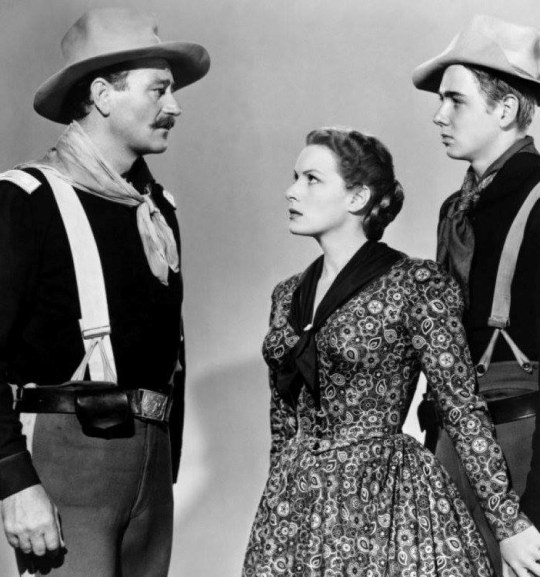
John Wayne-Maureen O´Hara-Claude Jarman Jr. "Rio Grande" 1950, de John Ford.
36 notes
·
View notes